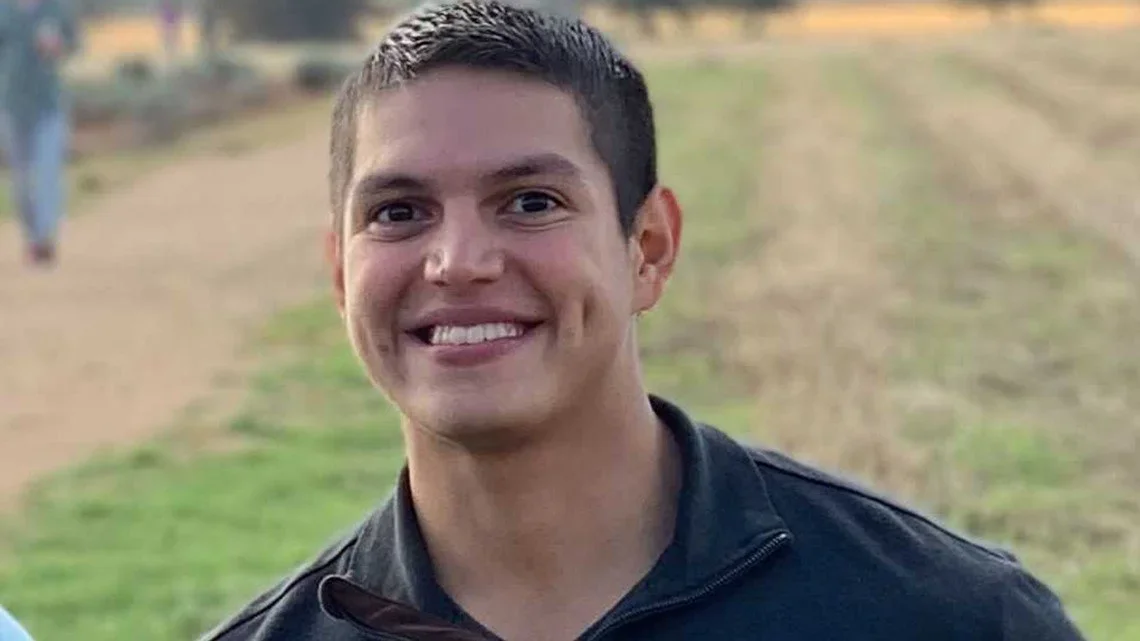The Grey: Pepper-Honey Cedar Plank Salmon Recipe 🥁🥁
/Year Released: 2012
Directed by: Joe Carnahan
Starring: Liam Neeson, Dermot Mulroney, Joe Anderson, Frank Grillo, Dallas Roberts, Nonso Anozie”(R, 117 min.)

"They died hard, those savage men - like wounded wolves at bay." General Douglas MacArthur
Existentialism for dummies. Oil roughnecks channeling Jean Paul Sartre in the snowy Alaska wilderness, with Liam Neeson leading us all astray. What a disappointment!
February is known as the dumping ground for B movies, a vast wasteland of cinematic dregs that follow New Year’s Eve like an inevitable post Oscar hangover. But by now I was expecting my February gift from Neeson, who took everyone by surprise in the 2009 release of Taken, the taut story of a father going all out to find his kidnapped daughter featuring Neeson as the “churning gut level embodiment of the rage we quell in our over-analyzed civilization.”
Just last year at this time, he wowed us again with Unknown, “a dizzy cocktail of confusion, panic, and paranoia reminiscent of the grand master, Alfred Hitchcock.”
I was expecting the unexpected again. A great film in February’s wasteland. Or at least a good one. What we get instead is a sophomoric effort that can’t decide if it wants to settle for a straight man against nature survival film or impress us with its “big ideas” and bad poetry.
Once more into the fray
Into the last good fight I'll ever know
Live and die on this day
Live and die on this day
Sure, when Robert Frost repeats himself, as in the final lines of “Stopping by the Woods on a Snowy Evening,” he does it purposely, for effect, not because he has run out of ideas, as all too sadly appears the case in this amateur poetic effort.
They are the words of John Ottway’s (Liam Neeson) father, and unfortunately the film chooses this rather clichéd verse on which to pin its banner.
In and of itself the tale of these Alaskan oil roughnecks who survive a plane crash and must battle the unremitting cold and a pack of grey wolves stalking them would make a good story -- if it had been told in the right way.
Let’s insert a little logic here, then. Ottway, supposedly knowledgeable in the ways of wolves, since his job at the oil company is to kill those that threaten the drilling team, makes one bad decision after another.
Didn’t you learn somewhere in your Scout troop that you are to stay put when you are lost? But no, somehow Ottway persuades the survivors that they are safer from the ravaging wolves, already in a feeding frenzy over the many carcasses littering the crash scene, if they hike through a blizzard into the woods, as though that’s going to help them in any way.
And did anyone connected to this film listen to the many experts that assert this stalking behavior by wolves is very rare, that wolves rarely kill humans? No wonder the experts have nominated this film for a Scat Award, “the best of the worst witless, whoppers of wolf hooey.”
The overriding problem with The Grey is that the wolves are portrayed as “man-killers,” when the incidence of wolves killing humans in North America is so rare as to garner huge headlines. Two cases have been documented—a 2005 killing by wolves in Saskatchewan and a 2010 death near Chignik Lake, Alaska.
A wolf trapper who provided four wolf carcasses to the production was quoted in British Columbia’s online news source, The Province, as saying about his own meetings with wolves in the wild, “I think they’ve always been curious, you know: What am I doing? I never really felt threatened by them. I’ve seen them watching me from, I don’t know, 75 feet away and then as soon as you look at them they take off.” Nancy Jo Tubbs
I haven’t read the short story, “Ghost Walker,” by Ian MacKenzie Jeffers, upon which this film is based. Maybe it is not so outrageous in its inaccuracies. In fact, the short story, like some of Jack London's best, may have been very effective. What unfortunately happens in the film industry is that it has to pad short stories to make them into feature length productions. Here is where we get the sappy side stories around the campfire, as though real men are going take turns dwelling on past maudlin moments. As one viewer put it. -- as soon as one of the survivors tells his cutesie little tale, we know he is going to be the next wolf hors d'oeuvre.
As for the existential angst that impressed some critics -- oh please. The Grey’s existentialism is the Cliff Notes variety, screaming out at us with as much subtlety as Neeson’s unreasonable ultimatum to God. Paul Newman did it right when he put his own stamp on the French philosophy in Cool Hand Luke. While intellectuals like Sartre and Camus were discussing existential concepts such as alienation, disregard of the rational, and man’s meaningless struggle in their cozy cafes, somewhere in the bowels of Georgia that ill-bred American was actually living it.
Kudos also to Clint Eastwood in Grand Torino playing Walter Kowalski as a kind of curmudgeonly Camus cut off from nature, his fellow men, his God, and his true self. Except instead of sitting around a Paris café chatting away about man’s isolation in an uncaring world, Walt lives it, sitting on his concrete stoop, his cooler full of beer on his right, his faithful and aging Labrador, Daisy, on his left.
Give it up, Liam. You’re not in their league, at least not in this film.
Don’t fall for this pretender, a mismatch of sappy sentimentality and paste-on philosophy. Not to mention the preposterous wolf puppets and the loser of an ending.
Maybe next year, Mr. Neeson.
—Kathy Borich

Trailer
Film-Loving Foodie
When you think Alaska, you’ve got to think Salmon. Somehow I suspect, however, that our oil roughneck crew probably ate a lot of tough, grisly meat washed down with lots of cheap beer. Their only real meal after the crash was the slightly burnt carcass of a wolf they managed to kill just before it killed them. Maybe they should have been in the fishing business instead.
Even if they could not, let’s feast on this Alaskan staple, Salmon, smoky and sizzling on a cedar plank.
Pepper-Honey Cedar Plank Salmon
"I live in Alaska and have 3 sons that love to fish. I have had to come up with some pretty creative ways to prepare salmon. This is by far my family and friends’ favorite way to eat fresh salmon. I soak an untreated cedar plank in water and bourbon while they are out fishing for the day and fix the barbeque sauce so that's it is ready to get grilling." JMCCURTAIN
Ingredients
2 (12 inch) untreated cedar planks
1/4 cup pineapple juice
1/3 cup soy sauce
2 tablespoons white vinegar
2 tablespoons lemon juice
1 tablespoon olive oil
3/4 cup honey
1/4 cup packed brown sugar
1 teaspoon ground black pepper
1/2 teaspoon cayenne pepper
1/2 teaspoon paprika
1/4 teaspoon garlic powder
6 (6 ounce) skinless, boneless salmon fillets
1 pinch salt and pepper to taste
Directions
Soak the cedar planks in warm water for 1 to 2 hours. Add a splash of bourbon to the water if desired.
Bring the pineapple juice, soy sauce, vinegar, lemon juice, olive oil, and honey to a simmer in a saucepan over medium-high heat. Reduce the heat to medium-low, and stir in the sugar, 1 teaspoon black pepper, cayenne pepper, paprika, and garlic powder. Simmer, stirring occasionally, until the sauce has reduced to a syrupy consistency, about 15 minutes. Set the sauce aside.
Preheat an outdoor grill for medium heat. Place the planks on the grate. They are ready to cook on when they start to smoke and crackle just a little.
Season the salmon with a light sprinkling of salt and pepper. Place the fillets onto the smoking cedar planks, close the lid of the grill, and cook for 10 minutes. Spoon a small amount of the sauce over the salmon fillets, and continue cooking until the fish turns opaque in the center, about 5 minutes more. Serve with the remaining sauce.
Recipe Source: allrecipes.com
















